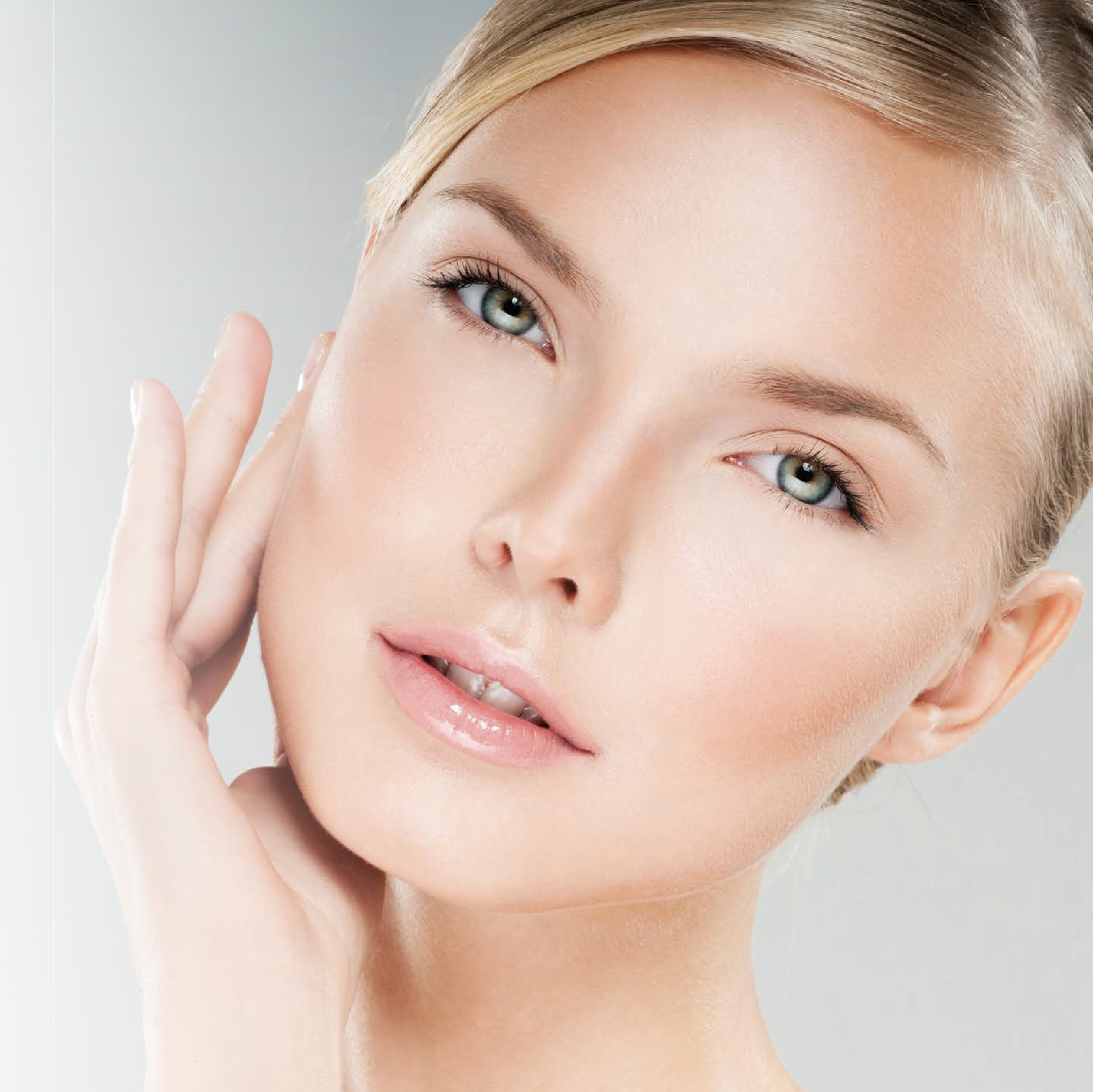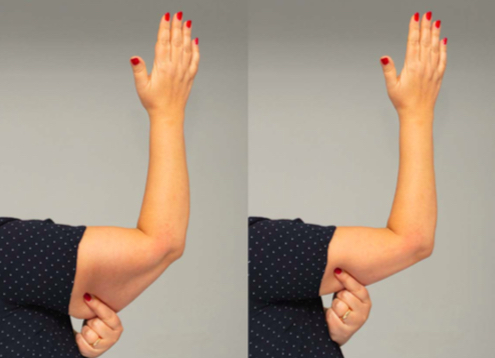By the Doctor Dahbia Touhlali
Carboxytherapy combined with tensor threads
Skin sagging is undoubtedly one of the most common reasons why people see an aesthetic doctor, in terms of body treatments. Particularly after the menopause, liposuction, cryolipolysis or simply following weight loss, the skin on the face and body tends to sag and crease.

How can this phenomenon be explained?
Skin sagging is connected with normal or premature aging and is in direct relation to the modification and deterioration of collagen and elastin, the skin’s structural proteins, which are responsible for its elasticity and tonicity.
How can we prevent this sagging?
First of all, by providing the nutrients needed to manufacture these proteins with a varied and balanced diet (amino acids, zinc, selenium, silicon, vitamins C and E, iron, etc.), plenty of water, physical exercise and enough sleep.
But also by preventing these proteins from becoming damaged, as they are very sensitive to oxidative stress, which is generated by sun exposure, drops in hormone levels, processed sugars, glycation, etc.
What to do if the sagging is well established?
The rapidly-increasing demand for body treatments in aesthetic medicine has pushed doctors and manufacturers to innovate and offer ever more varied and effective treatments. A number of so-called “skin tightening” techniques are available (this list is non-exhaustive): radiofrequency, laser, LED, HIFU, plasma, cellular stretching, carboxytherapy, peels, threads, etc.
Every one of these techniques has the aim of stimulating the fibroblasts in the dermis – albeit in different ways – to im- prove the skin’s tonicity and ability to retract while improving the quality and quantity of collagen and elastin. I firmly believe in combining treatments whose cumulative effect offers significantly better results. This is why I wanted to share my experience combining carboxytherapy with resorbable tensor threads, a combination with which I achieve outstanding results.
The impact of carboxytherapy
Carboxytherapy involves using a very fine needle to inject sterile, medical carbonic gas (CO2) into the subcutaneous tissue. This gas is highly soluble and diffuses very easily underneath the skin. It immediately causes a rush of blood to the area, which improves the tissues’ microcirculation and oxygenation. The fibroblasts in the dermis are stimulated and produce more collagen, elastin and hyaluronic acid.
After a few sessions, we see a clear improvement in the skin’s texture, radiance, colour, thickness and tonicity.
This gas also has a lipolytic effect, meaning it dissolves fat, which has an additional effect on cellulite and orange-peel skin.
This technique, which I have performed for several years, is very useful because there are barely any side-effects, apart from a bit of bruising, and it offers fast results that last over time.

The benefits of tensor threads
Resorbable tensor threads are very similar to surgical suture threads, which are well-known for being harmless. There are several types, which vary according to their composition – PDO (polydioxanone), PCL (polycaprolactone), PLLA (poly- l-lactic acid) – and their shape – smooth, spiralled, barbed or with cones. They have the advantage of being fully resorbable through hydrolysis and therefore pose no risk.
Barbed or coned threads, which are inserted into the dermis under local anaesthetic, have a mechanical traction effect on the skin, creating an immediate lifting effect and a secondary effect due to the resulting fibrosis.
Smooth or spiralled threads do not lift the tissues but, due to the local inflammation they trigger, boost collagen synthesis and thus smooth the skin.
To maximise my results, I combine carboxytherapy and resorbable PDO tensor threads (either smooth or spiralled) in the same session, to potentiate the results.
Carboxytherapy tightens the skin by acting upon skin sagging and orange-peel skin, and threads smooth any wrinkles and dermal fractures thank to their collagen-inducing effect. Thanks to this combination of treatments, we achieve faster and more significant dermal densification, a clear reduction in sagging, less of an orange-peel effect, and smoother skin.
Which areas can be treated?
All of the areas affected by sagging and all of those areas that crease, whether on the face or body. The most frequent requests for the body are the inner arms and thighs, belly, chest, neck, decolletage and the folds underneath the knees. On the face, we mainly treat the under-eye area, creases on the cheeks and the oval.
We are lucky enough to have a range of techniques at our disposal with which we can treat sagging and reduce the effects of aging, since the skin is an essential organ that we must try to preserve.
This original association, which combines carboxytherapy with resorbable tensor threads, offers great results as well as being very safe.
 By the Doctor Dahbia Touhlali
By the Doctor Dahbia Touhlali
An aesthetic doctor with an inter-university degree in Morphological and Anti-Aging Medicine and an inter university degree in Sleep, Dr Dahbia Touhlali works in Nice and provides comprehensive, progressive and personalised treatment. A graduate of Aix-Marseille medical faculty in 2001, she is passionate about aesthetic medicine, as the way we perceive ourselves directly affects our morale and our health. She is an expert at a number of international congresses and acts as a consultant for various laboratories. She also works in the United Arab Emirates and Russia.
More information on medecineesthetiquenice.fr












